Coin of Emperor Guangxu
This Chinese coin bears the inscription Guangxu yuanbao 光緒元寶 on the obverse, indicating that it was minted during the reign of Emperor Guangxu 光緒 (reigned 1875–1908). Although minted in the late imperial period, it is no longer a traditional Chinese coin with a square hole in the centre (fangkong qian 方孔錢), but a modern, machine-made coin. As early as the late 19th century, coins began to be minted by machine in China using Western forging techniques, but due to the high cost and impracticality of implementation, given the circumstances of the time, this method of money production was initially very limited. Only under the last two emperors of the dynasty, Guangxu and Xuantong 宣統 (reigned 1908–1912), and with the increasing influence of foreign capital in Chinese cities, did modern coins gradually prevail over traditional ones. Nevertheless, the latter remained in use among the population until the 1940s, especially in remote rural areas.
On ... more
This Chinese coin bears the inscription Guangxu yuanbao 光緒元寶 on the obverse, indicating that it was minted during the reign of Emperor Guangxu 光緒 (reigned 1875–1908). Although minted in the late imperial period, it is no longer a traditional Chinese coin with a square hole in the centre (fangkong qian 方孔錢), but a modern, machine-made coin. As early as the late 19th century, coins began to be minted by machine in China using Western forging techniques, but due to the high cost and impracticality of implementation, given the circumstances of the time, this method of money production was initially very limited. Only under the last two emperors of the dynasty, Guangxu and Xuantong 宣統 (reigned 1908–1912), and with the increasing influence of foreign capital in Chinese cities, did modern coins gradually prevail over traditional ones. Nevertheless, the latter remained in use among the population until the 1940s, especially in remote rural areas.
On the obverse of the coin is the character zong 總, indicating that it is the main coin, and around it is an inscription in three lines. It reads Guangxu tongbao wushen yiwen 光緒通寶戊申一文, meaning “1908 Guangxu imperial coin, value of one monetary unit”. The reverse, on the other hand, does not have inscriptions, but is decorated only with the motif of the coiling Chinese imperial dragon. (MG)
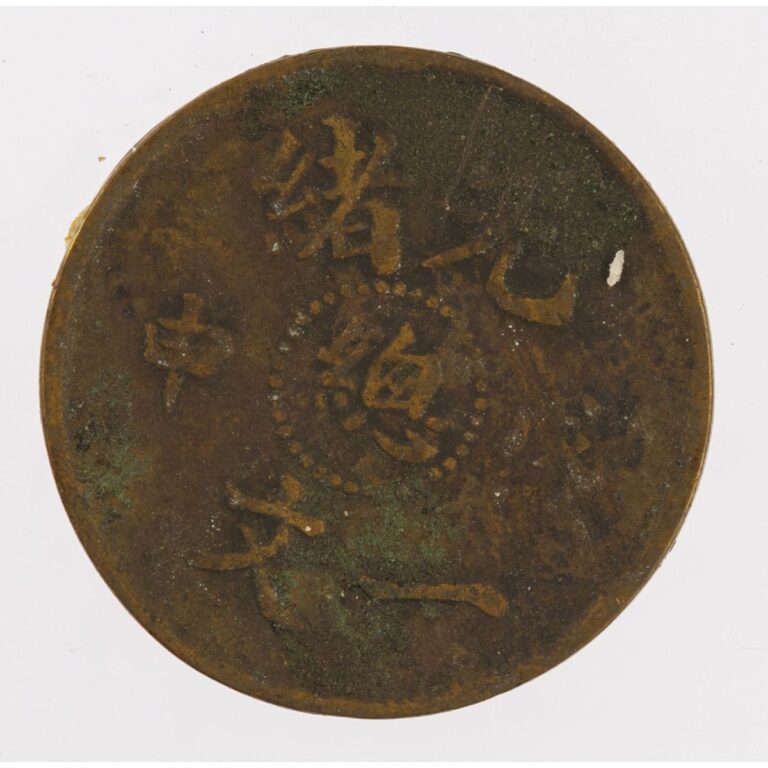
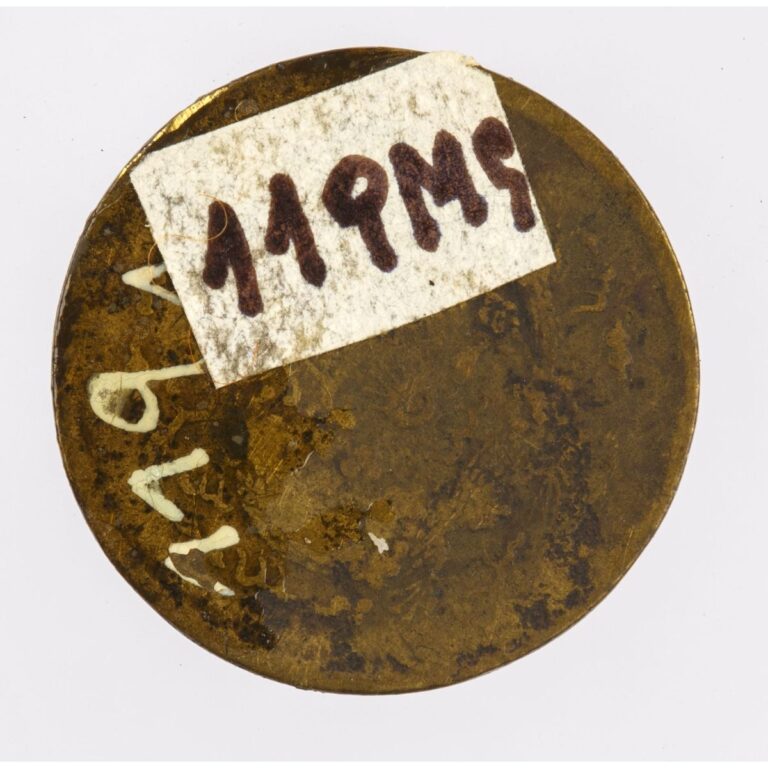
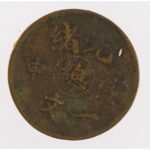
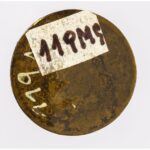

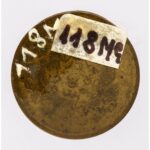















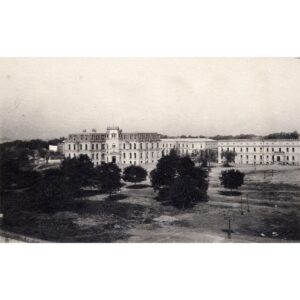

















Do you have a comment or additional information about the subject?